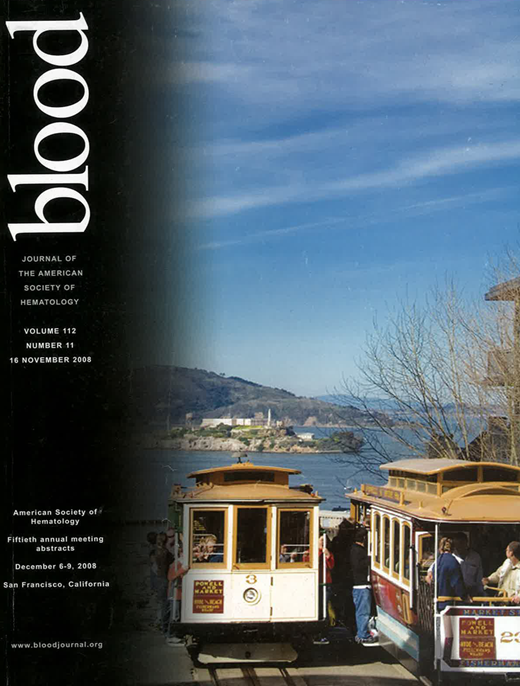Abstract
Intensive chemotherapy has greatly improved the long-term treatment outcome in children with acute lymphoblastic leukemia (ALL), however, children with de novo acute myelogenous leukemia (AML) remain much less favorable prognosis. Most reports were from western countries while data from Chinese children with AML have been very limited. In this study, we reported the long-term outcome and the prognostic factors of childhood AML treated with modified National Protocol of Childhood Leukemia in China 1997 (NPCLC-AML97) during the past 8 years in our institution. From January1997 to December 2005, 185 children younger than 16 years old with de novo AML were enrolled into our hospital. The NPCLC-AML97 protocol included induction therapy either of DA (daunorubicin + cytarabine), HA (homoharringtonine + cytarabine), DAE (daunorubicin + cytarabine + etoposide) or CAG (Clarithromycin + cytarabine + G-CSF). When CR achieved, the same cycle was repeated as consolidation therapy. Intensification therapy consisted of 3 cycles of intermediate or high dose of cytarabin (I/HDAC) every other month. During the intermission, DA, HA, EA (etoposide + cytarabine) were given. Maintenance therapy was given monthly by sequential HA, EA, AT (cytarabine + 6-mercaptopurine) cycles and I/HDAC was administered every 6 months. The total course was about 2.0~2.5 years from CR. Of the 185 patients, 49 were M3 and 136 were other subtypes. Sixty patients abandoned within the first two weeks after diagnosis, 2 died before chemotherapy, and 123 were eligible for protocol evaluation. The 7-year OS and EFS rates for the whole cohort were 33.1±4.1% and 31.2±3.7%, respectively. For eligible patients, 111 patients (90.2%) achieved CR (95.1% for M3 and 87.8% for non-M3, P = 0.334). With a median follow-up time of 69 months, 70 patients (56.9%) developed significant infection during chemotherapy, 31 patients relapsed and the 5-year cumulative relapse rate was 48.2±5.6% with a median relapse time of 12 (range from 3 to 56) months. No CNS relapse was found. Forty-one patients (33.3%) died in this cohort until data censored. Survival curve showed that the 3-year, 5-year and 7-year estimates of OS were 61.0±4.9%, 55.7±5.1% and 50.2±5.5%, whereas the EFS rates were 50.9±4.9%, 46.9±5.1% and 46.9±5.1%, respectively. M3 was more curable than non-M3 (7-year OS: 66.9±8.8% vs. 38.7±6.8%, P = 0.003; 7-year EFS: 63.5±7.9% vs. 35.9±6.3%, P = 0.005). Univariate analysis showed that superior outcome were favored by initial WBC count less than 100×109/L, M3 subtype, good response to therapy (attaining CR after one cycle of induction for non-M3 or within 30 days for M3), high expression of CD13 and CD33, negative expressions of CD14, CD34 and HLA-DR. And multivariate analysis showed that treatment response, initial WBC count and expression status of CD14 on the surface of leukemic cells were independent prognostic factors for long term survival. We conclude that high incidence of APL, high abandonment rate and low incidence of CNS relapse are the features in this cohort. Abandonment, relapse and infection are the main causes of treatment failure. For patients who adhere to the protocol, a relatively good outcome can be achieved.
Disclosures: No relevant conflicts of interest to declare.
Author notes
Corresponding author

